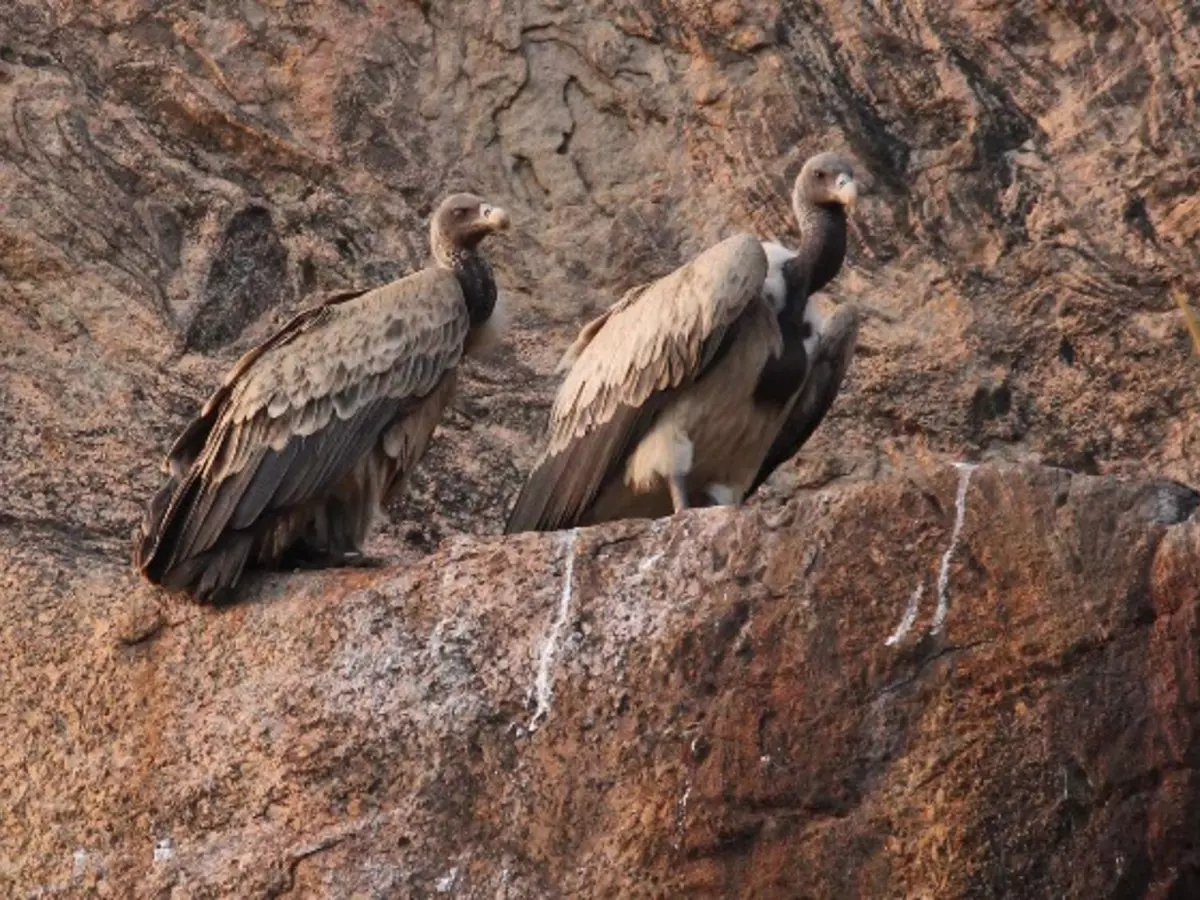How India Can Save Its Vultures By Restricting The Sale Of Drugs Used To Treat Sick Cows
At least six kinds of vultures are found in Assam. Since the 1990s there has been a significant decline in vulture population due to poisoning. The government now plans to toughen conditions under which Diclofenac and related drugs are sold to patients.

Earlier this year, at least 20 vultures belonging to critically endangered species died in Assam's Tinsukia district.
The vultures reportedly fed off the carcass of a poisoned cow.
At least six kinds of vultures ¡ªscavenging birds of prey ¡ª are found in Assam. However, since the 1990s, there has been a significant decline in vulture population due to poisoning.
 BCCL
BCCL
India's vulture population has dwindled in the past few decades due to the widespread use of Diclofenac -- a drug used to treat sick cows. The drug is currently banned in India but it flows freely since it is available for humans.
The government, in November, released the Action Plan for Vulture Conservation in India 2020-2025, an ambitious conservation strategy to establish new breeding centres and set up vulture hubs in each state.
The government now plans to toughen conditions under which Diclofenac and related drugs are sold to patients. Chemists can only sell the drug based on prescription, and they will need to keep a copy of the prescription for inspection by the government.
Madhya OPradesh tops in vulture population
 BCCL
BCCL
While there's a threat to existence of vultures, some states are working towards conserving the bird.
As per the bird census of 2019, 8,397 vultures were found in Madhya Pradesh which is more than other states in the country.
"In Bhopal's Kervan Dam area, a Vulture Conservation and Breeding Center was established, which is jointly run by the Bombay Natural History Society (BNHS) and the Madhya Pradesh government," the official informed.
